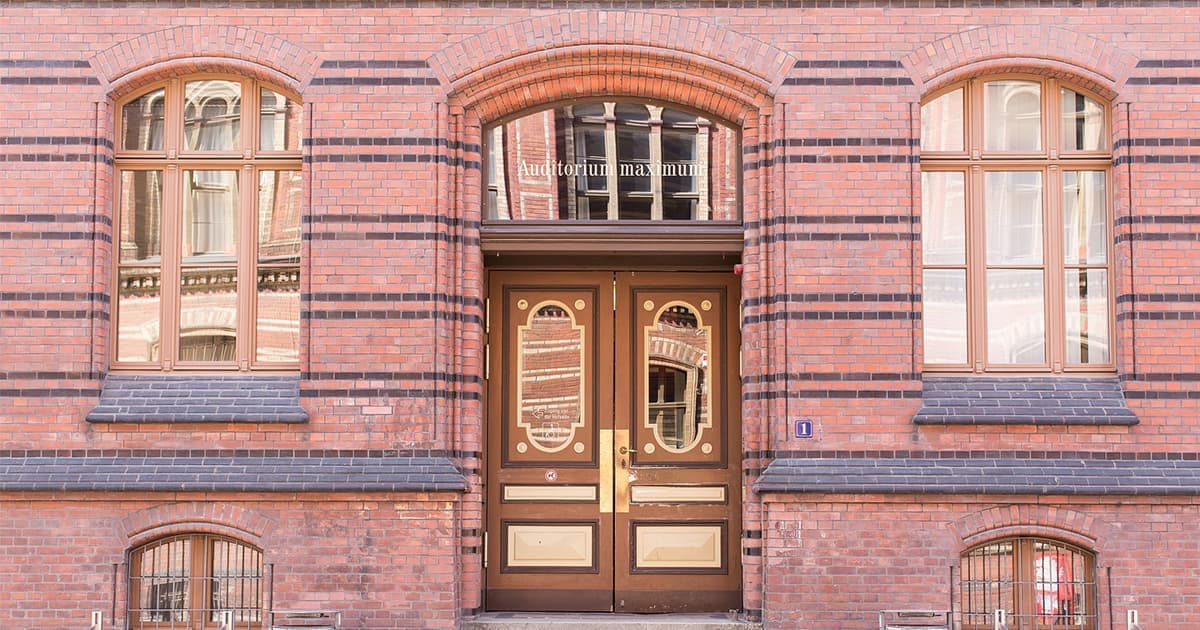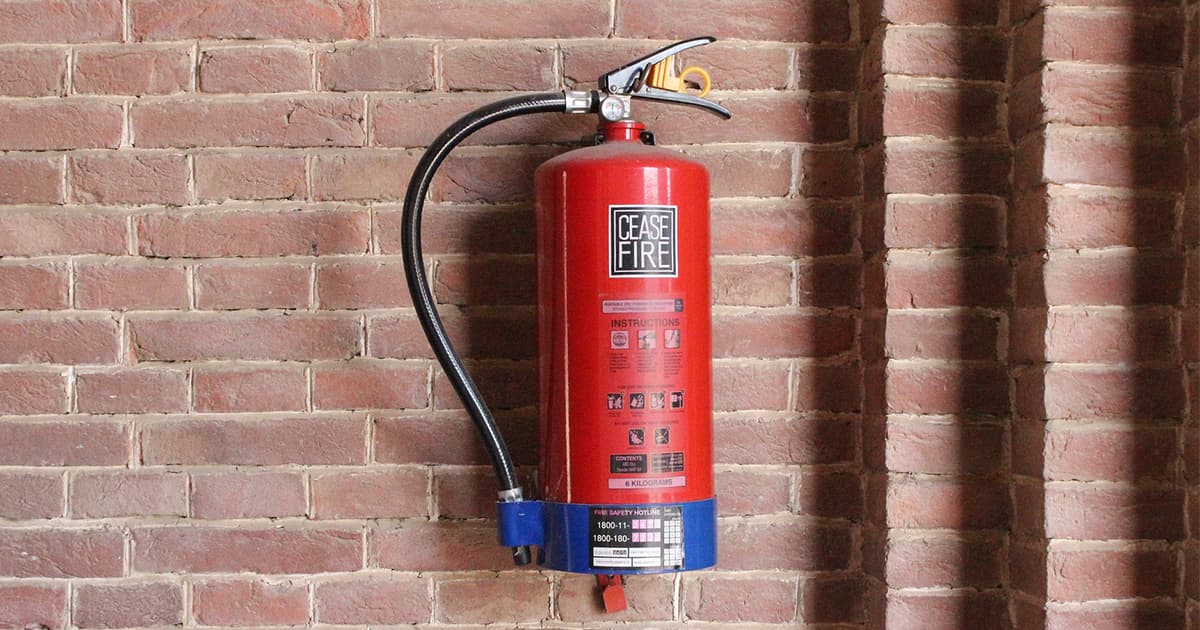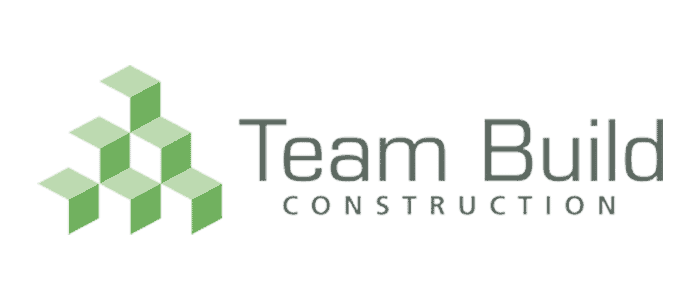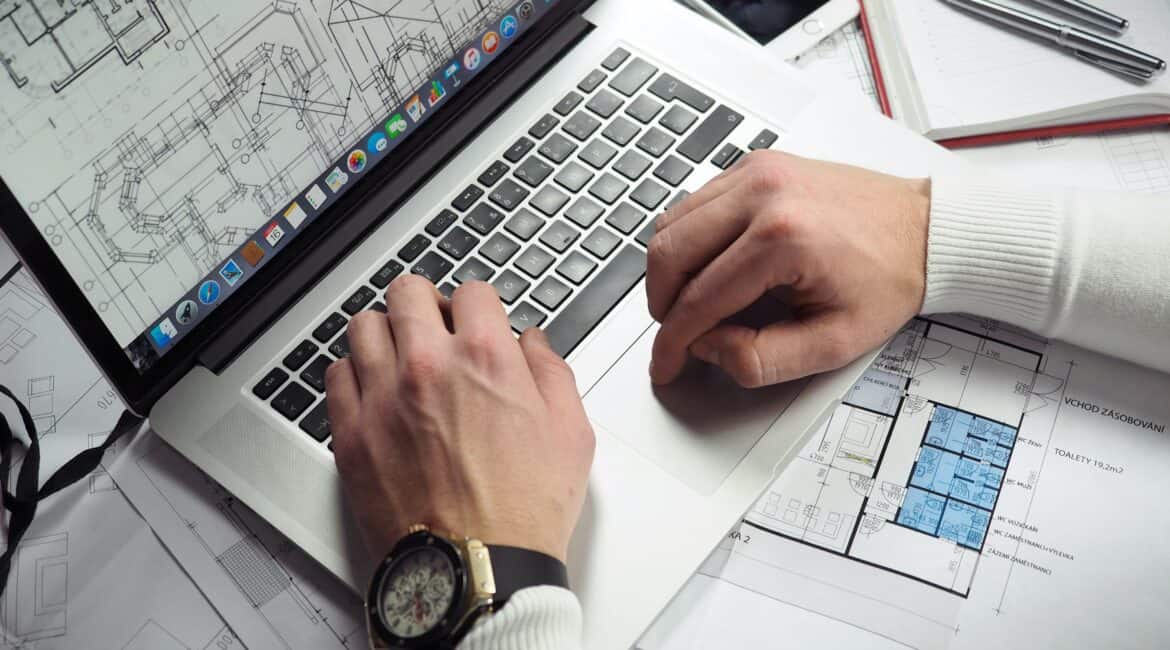Whether you’re a business owner or run a business responsible for commercial property maintenance, you can make your life a lot easier by creating and following a checklist. You could also potentially save yourself a lot of money because one of the main benefits of a checklist is that it helps identify issues before they become expensive problems (which is why they’re often called preventative maintenance checklists).
A commercial property maintenance checklist should cover all aspects of facilities management (and fall under the responsibility of your Facility Management Team, if you have one). Following it means you can be confident that you are checking every part of your work environment regularly and working to address any issues as soon as possible.
Not working to a checklist means issues aren’t addressed until it’s too late. If you work in the food industry, for example, and rely on cold storage facilities, the last thing you want is to experience a power cut and find out your generator isn’t working, meaning the food spoils and you face significant and unexpected costs.
Working out how often maintenance checks need to be carried out is part of creating a checklist. Some areas will need to be checked daily because they present a health and safety risk or could have a significant impact on your ability to operate if something went wrong. Others may only need to be checked once a year. Some of these checks you’ll be able to carry out yourself, others will need to be carried out by registered tradespeople or specialists.
Every checklist will be different depending on the type of business you run, but, in general, it should include the following;
Building Construction
This is the bricks and mortar that make up any premise you work in. In some cases, if you lease rather than own the building, for example, this work might be done by a property maintenance or management company. Even then, however, it’s worth including it on your commercial property maintenance checklist just to make sure it’s covered and that issues don’t arise.
The exterior and interior of the building should be checked monthly (as a minimum). This should include a general check of walls and ceilings, looking for any obvious cracks or damage. There should then be a more detailed check of areas that take more of the load (such are building arches and eaves) or are subject to more wear and tear (this might include awnings). Don’t forget the roof in your checks, as otherwise, you could risk water damage if there are leaks.
Building Openings

Here, you’re looking for any damage to doors, windows and gates as well as the areas surrounding them (linking you back to building construction). Check that the materials are in good condition and that they haven’t been damaged by misuse or any extreme weather (which we know we can get in the UK). Make sure that the locks, hinges and handles work and that there are no loose screws or fastenings that could present a risk to staff, contractors or visitors.
Lights
While it might seem obvious that if a light doesn’t go on, it isn’t working correctly, checking that the systems behind the lights are working should be part of your checklist. This could include having an electrician do an annual check of any wiring or control panels.
Plumbing
Water can be incredibly damaging to the fabric of a building or what is inside it (imagine all your IT equipment being out of commission because there was a leak in the ceiling; it could be disastrous for your business). In many cases, leaks start small and aren’t easy to detect, which is why any sign of damp should be checked straight away, and pipes, valves and irrigations systems (if you have one) should be inspected weekly.
Fire Safety Equipment

Not only is this an essential part of any maintenance checklist, but it is also a legal requirement that your fire safety equipment is checked at least once a year. This includes fire extinguishers and sprinkler systems. As you carry out your building construction checks, make sure to look for fire hazards and remove these immediately.
IT Systems
Finally, it’s important to check your IT infrastructure regularly (in conjunction with your IT department). This includes network connections and control panels. You’ll know pretty quickly if things are working with your IT systems but, again, the idea here is to avoid significant issues developing an impacting your day-to-day operations.

